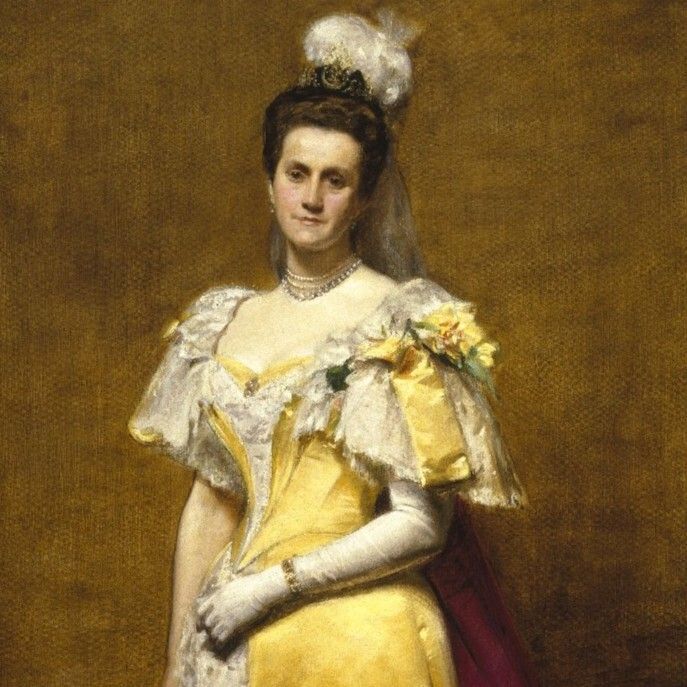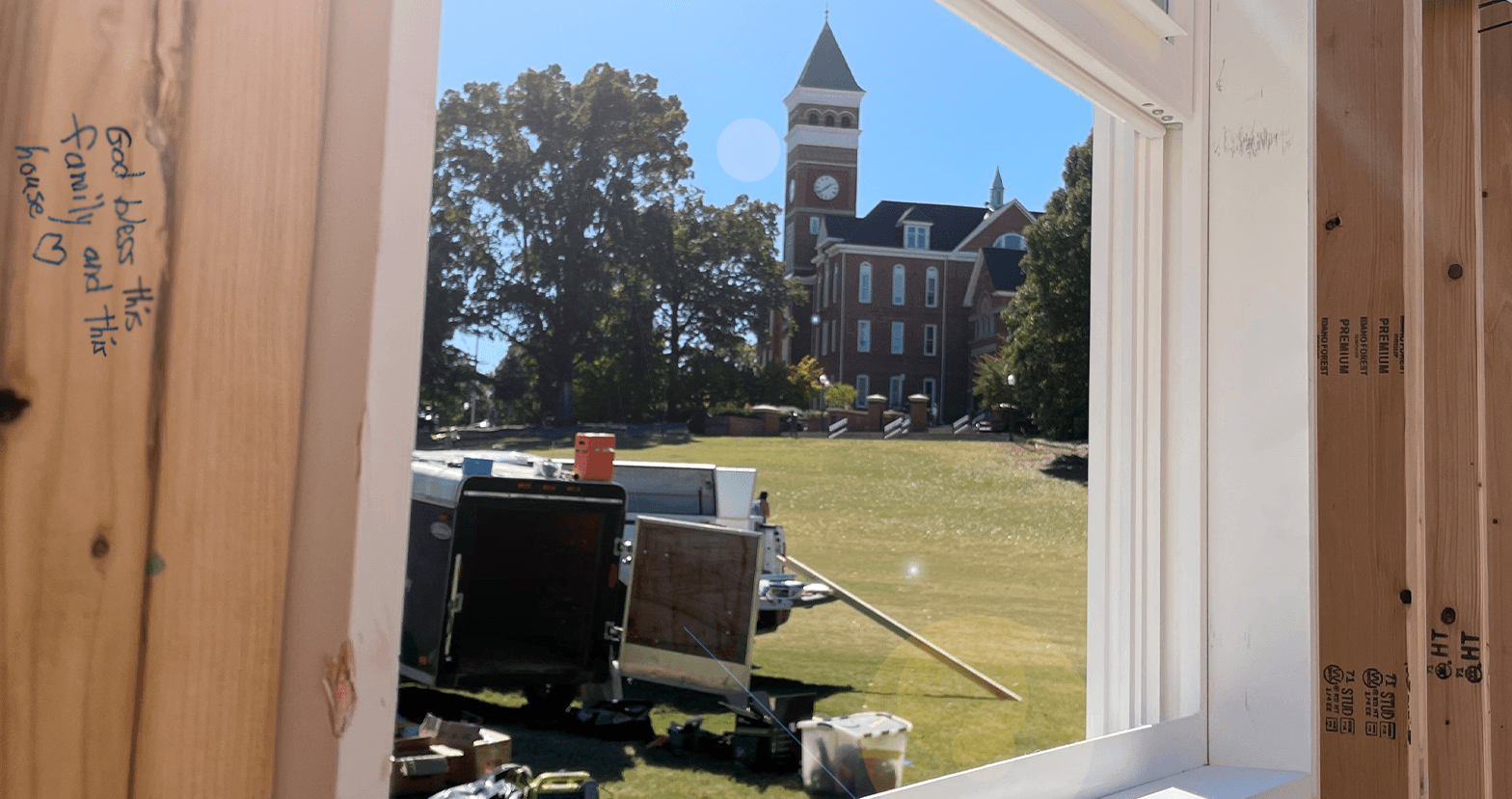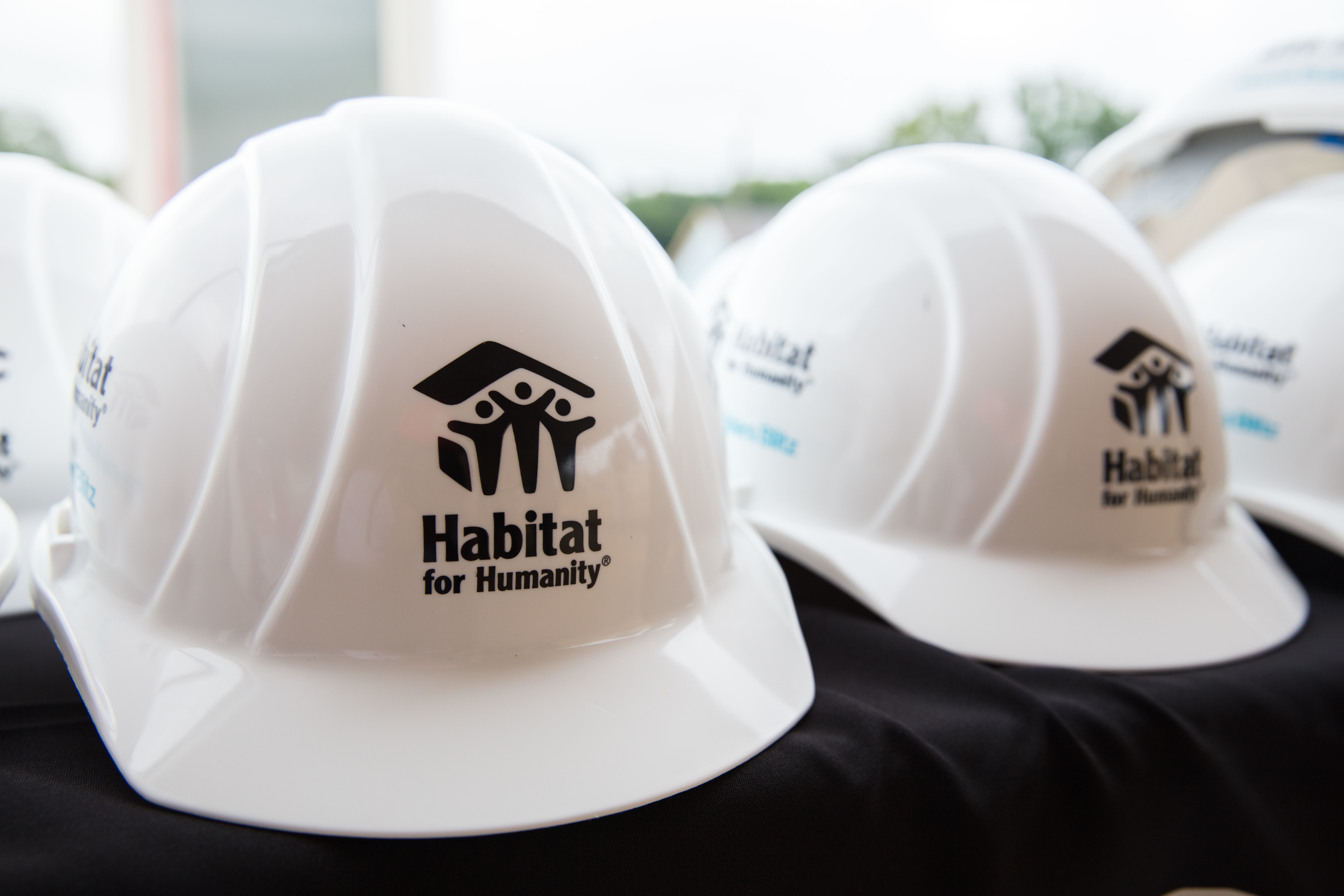
Breaking Barriers: Women Who Shaped Construction Through Innovation and Grit
Although Women in Construction Week has passed, our team at Pickens County Habitat for Humanity found ourselves so inspired by the stories we uncovered that we couldn’t help but share them. In learning about the women who helped build and innovate within the construction industry—many of whom history often overlooked—we discovered a legacy of creativity, determination, and resilience that deserves the spotlight all year long.
Women have always played a vital role in construction—managing projects, working on-site, and inventing tools and techniques that advanced the field. While major advancements have often been credited to men, many of those innovations were first imagined, shaped, or led by women. Here are just a few of the trailblazers whose stories captured our attention.
Building Bridges and Breaking Norms
Emily Roebling (1843–1903) – The Woman Who Built the Brooklyn Bridge
When chief engineer Washington Roebling fell ill during the Brooklyn Bridge project, his wife Emily stepped in. She not only supervised construction but also served as the primary liaison between workers, engineers, and city officials. Though never formally credited, Emily’s leadership and technical knowledge ensured the bridge’s completion in 1883—a feat that reshaped American infrastructure.
Sarah Guppy (1770–1852) – The Engineer Without a Title
Decades earlier, Sarah Guppy developed innovative bridge foundation and scaffolding systems. Her 1811 patent for piling systems marked a major advancement in bridge construction. While male engineers of her time took the credit, Guppy’s influence was foundational—though largely unrecognized due to her gender.
Pioneering Women in the Trades
Lillian Ann Baumbach (1930–2000) – The First Female Master Plumber
At just 21 years old, Lillian Baumbach broke through gender norms in 1951 to become the first certified female master plumber in the U.S. In a male-dominated field, she set the stage for future generations of women in the trades.
Carolyn S. King – The First Female Union Ironworker Apprentice
In 1978, Carolyn King became the first woman accepted into a union ironworker apprenticeship in the U.S. Despite encountering significant discrimination, she persevered in one of construction’s most demanding trades—proving that women belong in every corner of the field.
Inventors Who Changed the Industry
Many tools and techniques essential to construction today were pioneered by women—often without credit or compensation. Here are just a few innovators whose contributions reshaped the field:
Tabitha Babbitt (1779–1853) – Inventor of the Circular Saw
A Shaker woman, Babbitt designed a circular saw blade after observing the inefficiencies of two-man pit saws. Though Shaker beliefs prevented her from filing a patent, her 1813 invention became a standard in sawmills and construction sites.
Eleanor Coade (1733–1821) – Creator of Artificial Stone
Coade developed a weather-resistant material known as Coade Stone, widely used in buildings and bridges throughout the 18th and 19th centuries. Her process, a precursor to modern concrete composites, was revolutionary—even if others received the credit.
Mary Walton (1827–Unknown) – Pollution Control Pioneer
Walton patented systems that reduced industrial pollution from construction and railways. Her innovations advanced environmental engineering and improved urban infrastructure at a time when women’s contributions were often dismissed.
Josephine Cochrane (1839–1913) – Plumbing Innovations Beyond the Dishwasher
Best known for inventing the first commercial dishwasher, Cochrane also contributed to modern plumbing with efficient water delivery and pressure systems—advancing residential and commercial infrastructure.
Beulah Louise Henry (1887–1973) – Innovator in Machinery and Materials
Nicknamed the “Lady Edison,” Henry patented reinforced construction materials, industrial mixers, and fastening tools—helping streamline processes and boost efficiency across the building industry.
Women in Modern Construction
Today, organizations like the National Association of Women in Construction (NAWIC) and Tradeswomen, Inc. are leading efforts to bring more women into the field. Union plumber Judaline Cassidy, founder of Tools & Tiaras, is one of many modern leaders helping girls explore careers in the trades, continuing the legacy of innovation and access.
Honoring the Past, Building the Future
Women have always been part of construction—even when history failed to acknowledge them. From Emily Roebling’s quiet leadership to Tabitha Babbitt’s transformative inventions, these pioneers helped shape the industry we know today.
We may have missed sharing these stories during Women in Construction Week, but we hope you find them as inspiring as we did. Their legacies remind us that innovation knows no gender—and that the future of construction is stronger with women leading the way.way.


